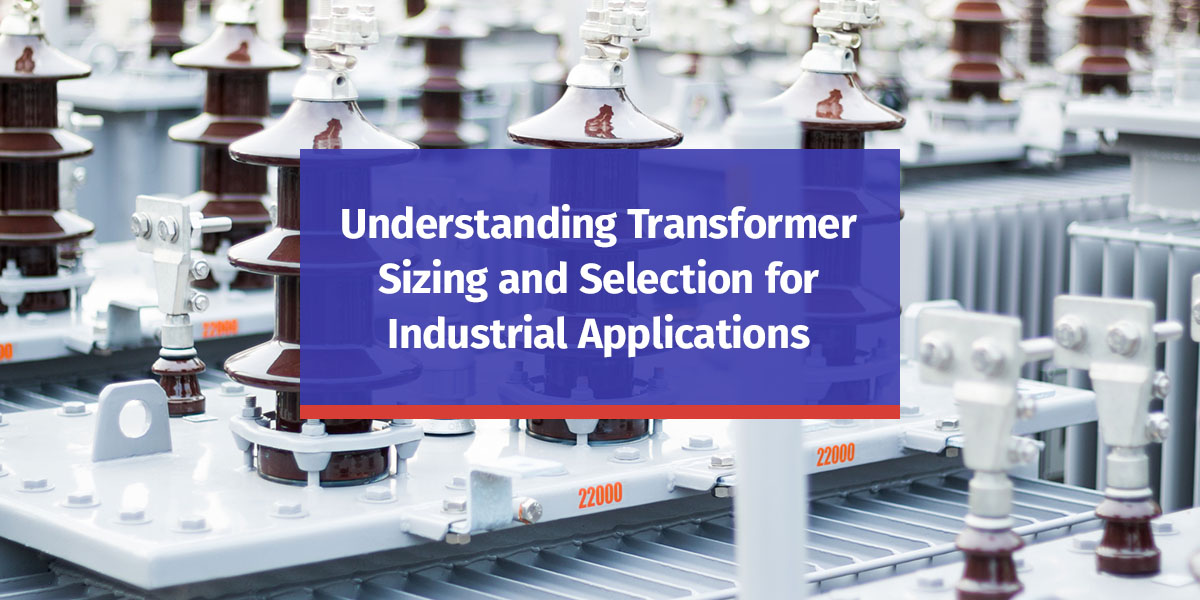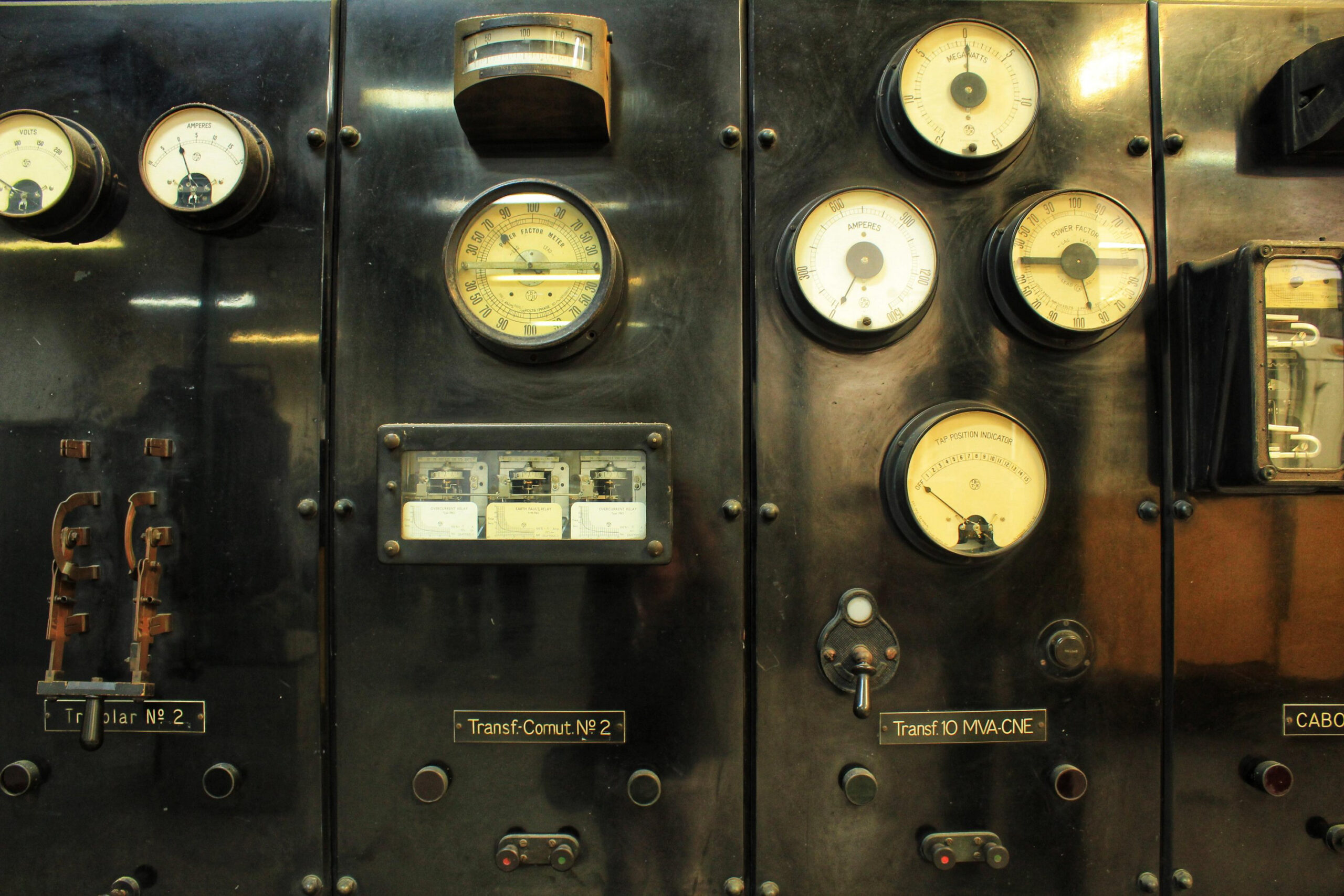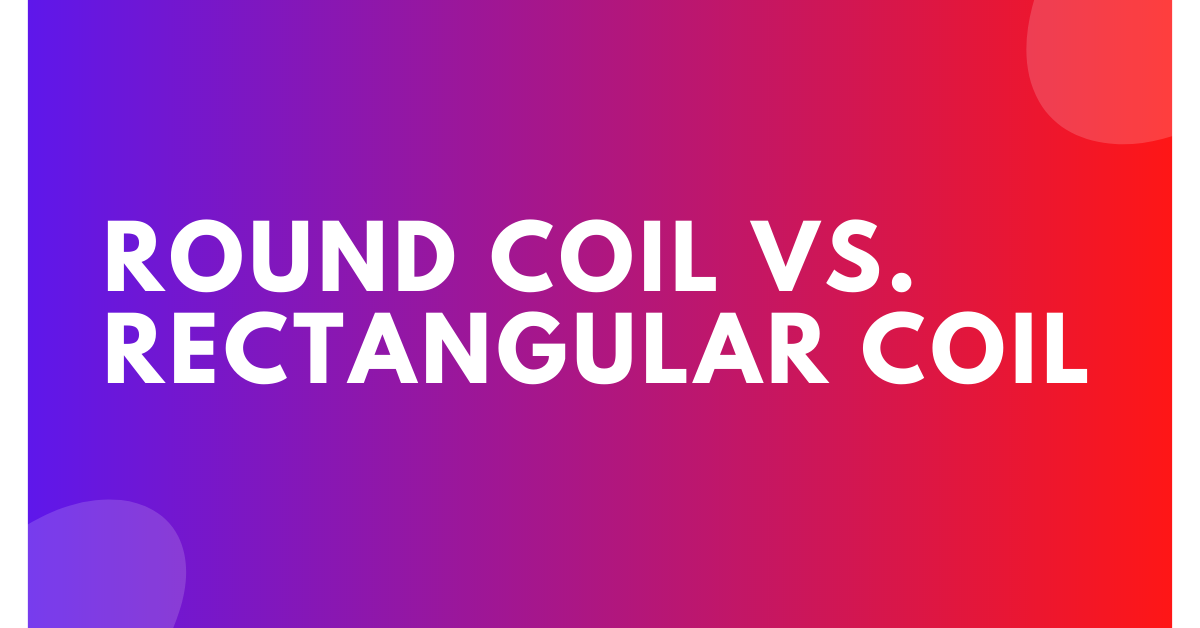Understanding Transformer Sizing and Selection for Industrial Applications
Choosing the wrong size transformer can cause premature equipment failure, hours of unplanned downtime and thousands of dollars in wasted energy. Despite these risks, some managers and maintenance supervisors do not take the necessary steps when purchasing a new or replacement unit for their facility. Selecting the right transformer goes far beyond finding a size […]
Read MoreNew vs. Reconditioned Dry Type Transformers
Choosing between a new and reconditioned dry type transformer should never revolve around finding the highest-quality unit — it’s more about finding the best fit for your situation. Your timeline, budget, application and how long you’ll need the equipment all factor into this decision. Some businesses and organizations benefit from the advanced technology and longer […]
Read MoreThe Growing Power Demand of the US?
America’s power demand is surging, but our aging grid can’t keep up. To meet the future, we need smarter, more resilient infrastructure—starting with transformers built here in the United States. Embed this graphic on your site: What It Will Take to Meet the US’s Growing Power Demand The US energy production is at an all-time […]
Read MoreDisc Wound vs. Layer Wound Transformer
One of the most common questions when selecting a medium voltage transformer is whether to choose a disc wound or a layer wound option. Understanding the difference between layer and disc winding in transformers is crucial for optimizing your medium voltage applications, as each type features unique benefits and drawbacks. Call Us Today Differences of Disc vs. Layer Wound […]
Read MoreCauses of Transformer Failure
Most of the time, your transformer may seem like an inert apparatus tucked away in a cabinet. However, when energized, it is a vibrant, living thing, transforming and feeding electrical power at 60 Hertz to your facility. In addition to the metal windings and core, it contains organic materials in the form of insulation. However, like all living things, transformers age over time […]
Read MoreCopper vs. Aluminum Dry Type Transformer Windings
Dry type transformers typically feature either copper or aluminum windings, also known as coils. Transformer windings refer to the coils within the transformer that draw and distribute power inside the unit. There are typically two windings in a dry type transformer — one that draws power from the source and another that transfers that power […]
Read MoreThe Cost of Transformer Failure in Manufacturing
Recent surveys have reported the cost of a single hour of manufacturing downtime to be anywhere between $500,000 and $5 million. The survey participants were very large, high-volume manufacturers in automated industries such as automotive, steel, chemical and pharmaceuticals. The estimates of hourly downtime costs were reported by respondents to the surveys without definitions, supporting details […]
Read MoreRound Coil vs. Rectangular Coil for Transformers
Substation transformers use round, rectangular or, less commonly, oblong core and coil assemblies. Coils facilitate the transformer’s magnetic flux flow. Coils and transformers work together to optimize performance based on design and application requirements. The transformer’s core shape determines the coil type. In other words, round iron cores must use round coils and so on. But […]
Read MoreTypes of Conductors Used in Dry Type Transformers
Dry type transformers usually contain windings — or coils — that act as conductors. Transformer builds typically have primary windings and secondary windings. The primary windings create input power flow, while the secondary windings convert the power and transmit it to the load through input leads. Transformers with disc windings have conductors wound on the flat […]
Read MoreDifferent Degree C-Rise Options for Dry Type Transformers
Transformers are electromagnetic devices that change the voltage levels in a circuit. Most dry type transformers contain primary and secondary windings around a magnetic steel core. Power from the incoming voltage source flows through the primary winding, while the secondary winding converts the energy and transmits it to the load. The core supports the windings […]
Read More








